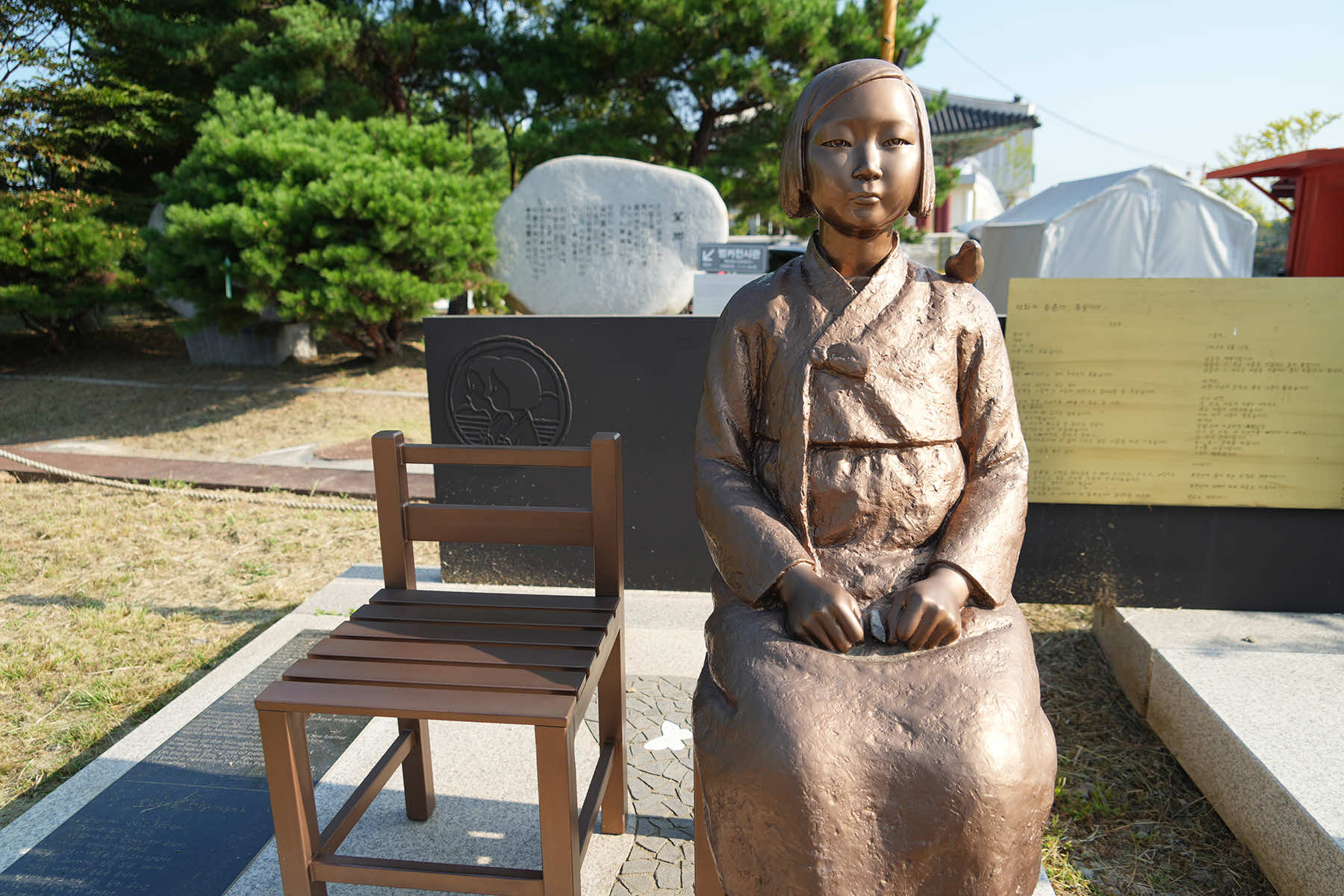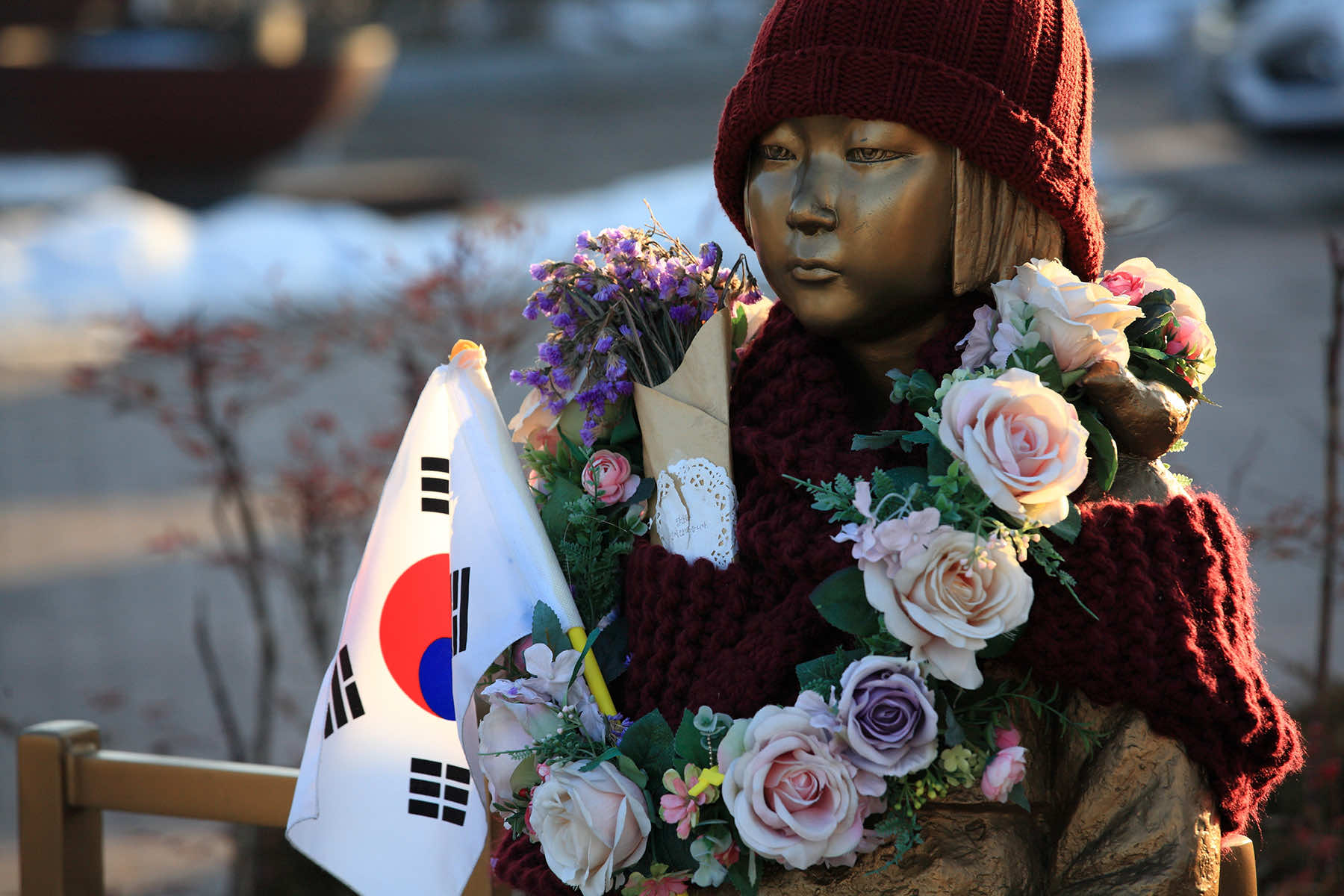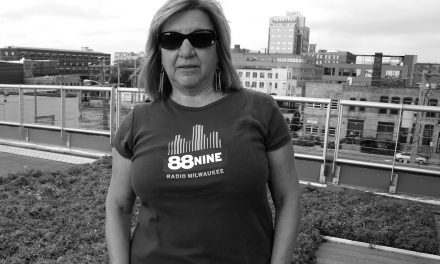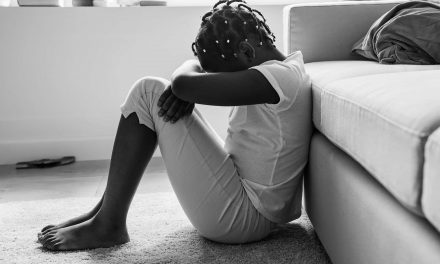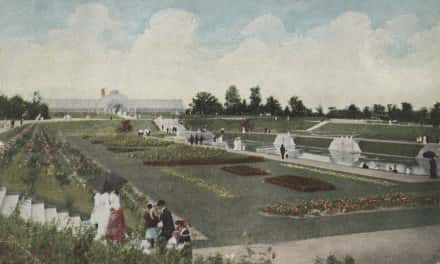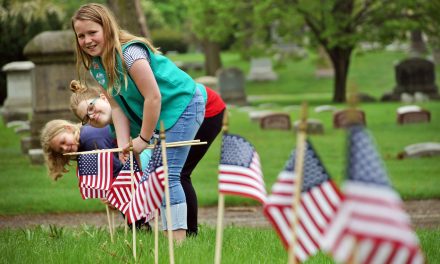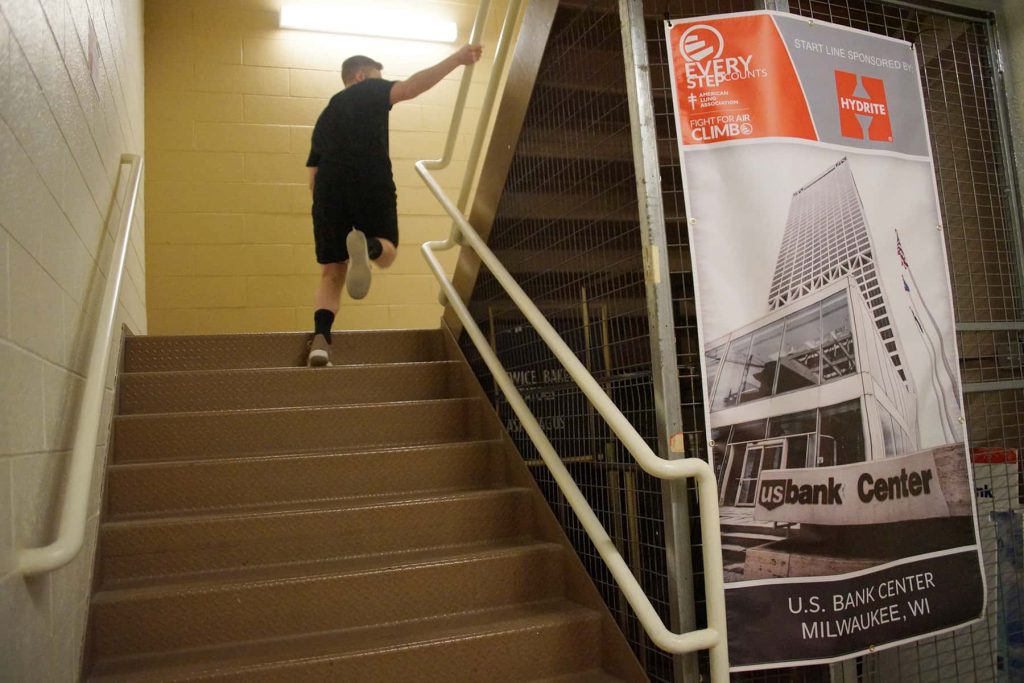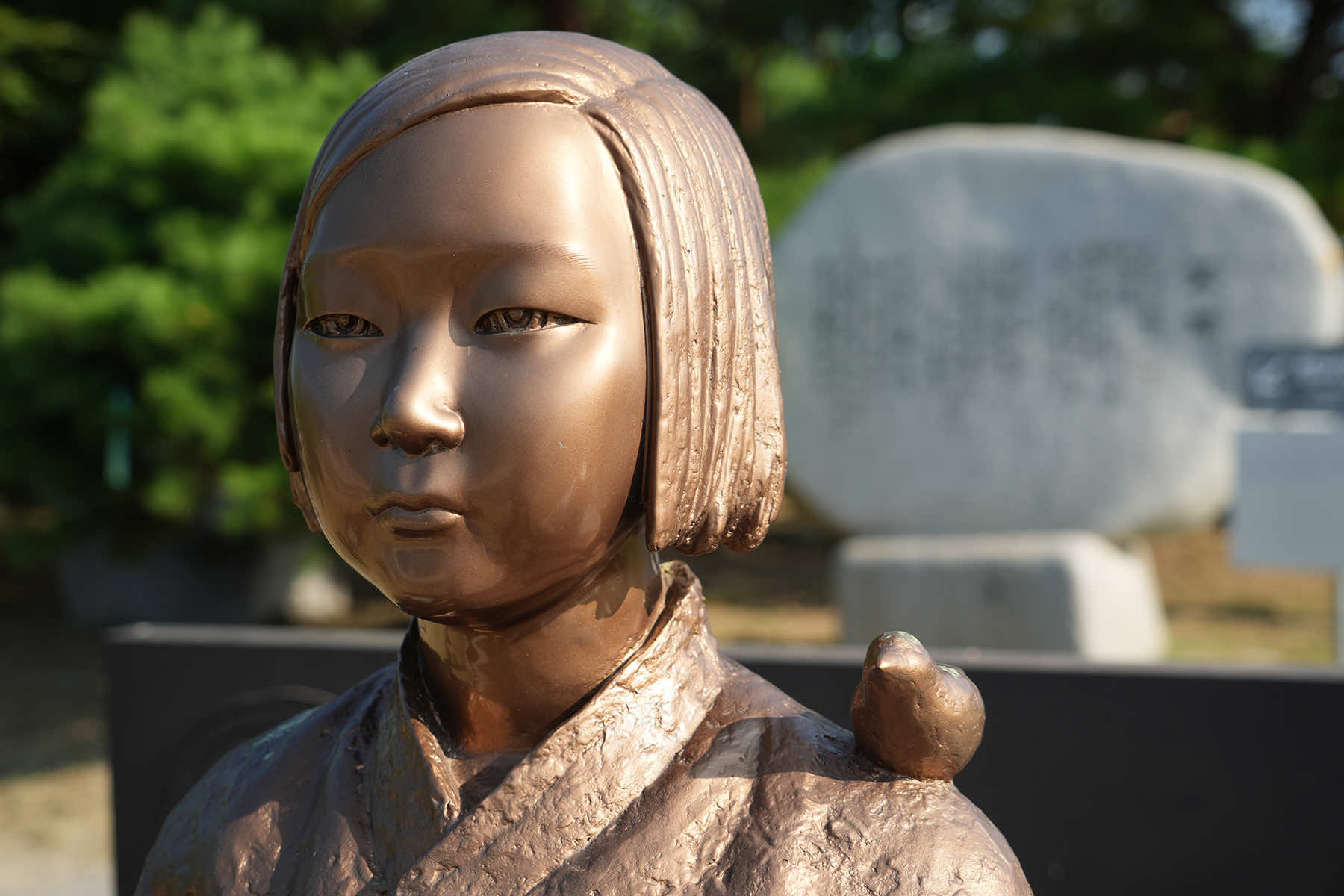
“Comfort women,” used by the Japanese military for sex, were present wherever the army invaded and occupied Asia countries from the early 1930s through the end of World War II.
The controversial term refers to the thousands of women and girls forced into sexual slavery by the Imperial Japanese Army for almost 15 years. Among these victims, a significant number were Korean, coerced or abducted to serve in military brothels, euphemistically known as “comfort stations.”
That aspect of wartime history was kept quiet until the early 1990s, when a South Korean woman came forward, joined by some others, seeking Japanese accountability. Since then, the two countries have been divided over how badly Japan treated comfort women and how it should atone for past behavior.
Despite a 2015 agreement intended to resolve differences and award financial compensation for damages, little progress has been made for reconciliation.
South Korean activists installed a “comfort woman” statue in front of the Japanese consulate in the South Korean port city of Busan in 2017 as a protest. Known as the Peace Monument (평화의 소녀상), the statue depicting a young girl in traditional Korean dress has been a focal point for both remembrance and controversy.
But at the core of the divide is the term “comfort women” itself. Both countries use it, but it means different things to each.
The plight of comfort women has also permeated cultural and social spheres in South Korea. Films, books, and art have been instrumental in raising awareness and preserving the memories of these women. Works like the documentary “The Apology” and the film “Spirits’ Homecoming” have shed light on their suffering and lingering emotional scars.
In South Korea, the “Wednesday Demonstrations” have been held weekly since 1992 outside the Japanese Embassy in Seoul. These protests, organized by activists and survivors, have become a symbol of the ongoing struggle for justice and remembrance.
WHO ARE THE “COMFORT WOMEN?”
The original Japanese word, “ianfu,” (pronounced EE-an-foo) is a euphemism for women sent to front-line brothels called “comfort stations.” Recruited or captured in Japan, the Korean Peninsula, China, the Philippines, Indonesia, and elsewhere in Asia, they were used by hundreds of brothels supervised by the military, which set the tariffs, service hours, and hygiene standards. The idea was to prevent venereal diseases and avoid triggering anti-Japanese sentiment by deterring Japan’s troops from raping local women.
Japan has claimed there are no official records of the number of comfort women. Estimates by Japanese historians range from 20,000 to 200,000 depending on the parameters used. Initially, some were adult prostitutes or women from poor Japanese families, historians say. Later in the war, many non-Japanese, sometimes minors, were kidnapped or tricked into working in the brothels, some victims have said.
Japan and South Korea also used their own comfort women for American GIs after the war. Japan’s government set up brothels soon after its surrender in 1945 for U.S. servicemen pouring into the country and hired as many as 70,000 Japanese prostitutes, though General Douglas MacArthur closed them in 1946.
South Korea reportedly had a similar system for U.S.-led U.N. troops during the 1950-1953 Korean War and promoted sex businesses for American troops after the war. In 2014, about 120 former South Korean prostitutes and bar employees who worked near U.S. bases from the 1960s to 1980s sued their own government seeking compensation.
WHAT THE TERM MEANS IN JAPAN
In Japan, comfort women initially were considered victims of World War II atrocities and thought to have come mainly from South Korea and the Philippines. Dozens from the two countries regularly visited Japan demanding official government apologies and compensation mainly in the 1990s and 2000s. Years of continuous pressure for apologies have soured the initial sympathy, though, and many Japanese have grown weary of reminders of their country’s wartime past.
Some argue the women were not coerced but volunteered to be prostitutes for the military. During Shinzo Abe’s first term as Prime Minister in 2006-2007, his Cabinet adopted an official line that there was a lack of documentary proof that the women were forcibly recruited or put to work in the wartime brothels.
In 2016, Abe told a parliamentary session that replacing the term “ianfu” with “sex slaves” was inaccurate and said the widely used estimation of 200,000 women was groundless. Abe expressed his sympathy for the women, but described them as victims of human trafficking. He repeatedly denied the women were coerced into sexual slavery.
Japan has lobbied the United Nations to remove the word “sex slaves” from documents related to the issue. Japan’s largest newspaper, the Yomiuri, apologized in 2014 for using the expression “sex slaves” in its English edition in the past, promising not to use it again.
Japan issued an apology in 1993 and a government investigation concluded many women were taken against their will and “lived in misery under a coercive atmosphere.” A fund set up in 1995 paid nearly $44 million for medical and welfare projects for more than 280 of the women, including 61 South Koreans.
Many victims in that country rejected the fund money under their powerful support group’s stance to keep seeking further official apologies. Japan maintains all its wartime compensation issues with South Korea were settled by a 1965 treaty.
WHAT THE TERM MEANS IN SOUTH KOREA
Most South Koreans prefer the term “comfort women” even though it is adopted from their former colonial ruler. Critics of the euphemism say it makes light of the women’s suffering, but the victims themselves generally have preferred it, perceiving more stigma from being called sex slaves.
South Korea was a more deeply conservative society that prized women’s chastity and was hesitant to discuss sex publicly in the 1990s, when the women began revealing their long-hidden experiences.
The South Korean government uses the phrase “comfort women of the Japanese military” to reflect the victims’ preferences. The main support group for the women that organizes weekly protests outside the Japanese Embassy in Seoul uses “comfort women of the Japanese military” in its Korean-language documents. It uses the phrase “military sexual slavery by Japan” in English statements.
“I personally hope we don’t call them ‘comfort women.’ When Americans or other foreigners hear this term, I think they would say, ‘What’s that?’” said Jung Hye-kyung, an expert on Japanese colonial abuses.
Of the 239 South Korean women who officially registered themselves as comfort women to obtain subsidies and benefits, only are only 9 alive as of 2024. All the women are over the age of 90. Experts believe many others have never come forward.
MI Staff (Korea), with Mari Yamaguchi and Hyung-Jin Kim
Lее Mаtz
Ahn Young-joon (AP), Lee Jin-man (AP), Jeon Heon-Kyun (AP), and Amankgupta (via Shutterstock)
- Exploring Korea: Stories from Milwaukee to the DMZ and across a divided peninsula
- A pawn of history: How the Great Power struggle to control Korea set the stage for its civil war
- Names for Korea: The evolution of English words used for its identity from Gojoseon to Daehan Minguk
- SeonJoo So Oh: Living her dream of creating a "folded paper" bridge between Milwaukee and Korean culture
- A Cultural Bridge: Why Milwaukee needs to invest in a Museum that celebrates Korean art and history
- Korean diplomat joins Milwaukee's Korean American community in celebration of 79th Liberation Day
- John T. Chisholm: Standing guard along the volatile Korean DMZ at the end of the Cold War
- Most Dangerous Game: The golf course where U.S. soldiers play surrounded by North Korean snipers
- Triumph and Tragedy: How the 1988 Seoul Olympics became a battleground for Cold War politics
- Dan Odya: The challenges of serving at the Korean Demilitarized Zone during the Vietnam War
- The Korean Demilitarized Zone: A border between peace and war that also cuts across hearts and history
- The Korean DMZ Conflict: A forgotten "Second Chapter" of America's "Forgotten War"
- Dick Cavalco: A life shaped by service but also silence for 65 years about the Korean War
- Overshadowed by conflict: Why the Korean War still struggles for recognition and remembrance
- Wisconsin's Korean War Memorial stands as a timeless tribute to a generation of "forgotten" veterans
- Glenn Dohrmann: The extraordinary journey from an orphaned farm boy to a highly decorated hero
- The fight for Hill 266: Glenn Dohrmann recalls one of the Korean War's most fierce battles
- Frozen in time: Rare photos from a side of the Korean War that most families in Milwaukee never saw
- Jessica Boling: The emotional journey from an American adoption to reclaiming her Korean identity
- A deportation story: When South Korea was forced to confront its adoption industry's history of abuse
- South Korea faces severe population decline amid growing burdens on marriage and parenthood
- Emma Daisy Gertel: Why finding comfort with the "in-between space" as a Korean adoptee is a superpower
- The Soul of Seoul: A photographic look at the dynamic streets and urban layers of a megacity
- The Creation of Hangul: A linguistic masterpiece designed by King Sejong to increase Korean literacy
- Rick Wood: Veteran Milwaukee photojournalist reflects on his rare trip to reclusive North Korea
- Dynastic Rule: Personality cult of Kim Jong Un expands as North Koreans wear his pins to show total loyalty
- South Korea formalizes nuclear deterrent strategy with U.S. as North Korea aims to boost atomic arsenal
- Tea with Jin: A rare conversation with a North Korean defector living a happier life in Seoul
- Journalism and Statecraft: Why it is complicated for foreign press to interview a North Korean defector
- Inside North Korea’s Isolation: A decade of images show rare views of life around Pyongyang
- Karyn Althoff Roelke: How Honor Flights remind Korean War veterans that they are not forgotten
- Letters from North Korea: How Milwaukee County Historical Society preserves stories from war veterans
- A Cold War Secret: Graves discovered of Russian pilots who flew MiG jets for North Korea during Korean War
- Heechang Kang: How a Korean American pastor balances tradition and integration at church
- Faith and Heritage: A Pew Research Center's perspective on Korean American Christians in Milwaukee
- Landmark legal verdict by South Korea's top court opens the door to some rights for same-sex couples
- Kenny Yoo: How the adversities of dyslexia and the war in Afghanistan fueled his success as a photojournalist
- Walking between two worlds: The complex dynamics of code-switching among Korean Americans
- A look back at Kamala Harris in South Korea as U.S. looks ahead to more provocations by North Korea
- Jason S. Yi: Feeling at peace with the duality of being both an American and a Korean in Milwaukee
- The Zainichi experience: Second season of “Pachinko” examines the hardships of ethnic Koreans in Japan
- Shadows of History: South Korea's lingering struggle for justice over "Comfort Women"
- Christopher Michael Doll: An unexpected life in South Korea and its cross-cultural intersections
- Korea in 1895: How UW-Milwaukee's AGSL protects the historic treasures of Kim Jeong-ho and George C. Foulk
- "Ink. Brush. Paper." Exhibit: Korean Sumukhwa art highlights women’s empowerment in Milwaukee
- Christopher Wing: The cultural bonds between Milwaukee and Changwon built by brewing beer
- Halloween Crowd Crush: A solemn remembrance of the Itaewon tragedy after two years of mourning
- Forgotten Victims: How panic and paranoia led to a massacre of refugees at the No Gun Ri Bridge
- Kyoung Ae Cho: How embracing Korean heritage and uniting cultures started with her own name
- Complexities of Identity: When being from North Korea does not mean being North Korean
- A fragile peace: Tensions simmer at DMZ as North Korean soldiers cross into the South multiple times
- Byung-Il Choi: A lifelong dedication to medicine began with the kindness of U.S. soldiers to a child of war
- Restoring Harmony: South Korea's long search to reclaim its identity from Japanese occupation
- Sado gold mine gains UNESCO status after Tokyo pledges to exhibit WWII trauma of Korean laborers
- The Heartbeat of K-Pop: How Tina Melk's passion for Korean music inspired a utopia for others to share
- K-pop Revolution: The Korean cultural phenomenon that captivated a growing audience in Milwaukee
- Artifacts from BTS and LE SSERAFIM featured at Grammy Museum exhibit put K-pop fashion in the spotlight
- Hyunjoo Han: The unconventional path from a Korean village to Milwaukee’s multicultural landscape
- The Battle of Restraint: How nuclear weapons almost redefined warfare on the Korean peninsula
- Rejection of peace: Why North Korea's increasing hostility to the South was inevitable
- WonWoo Chung: Navigating life, faith, and identity between cultures in Milwaukee and Seoul
- Korean Landmarks: A visual tour of heritage sites from the Silla and Joseon Dynasties
- South Korea’s Digital Nomad Visa offers a global gateway for Milwaukee’s young professionals
- Forgotten Gando: Why the autonomous Korean territory within China remains a footnote in history
- A game of maps: How China prepared to steal Korean history to prevent reunification
- From Taiwan to Korea: When Mao Zedong shifted China’s priority amid Soviet and American pressures
- Hoyoon Min: Putting his future on hold in Milwaukee to serve in his homeland's military
- A long journey home: Robert P. Raess laid to rest in Wisconsin after being MIA in Korean War for 70 years
- Existential threats: A cost of living in Seoul comes with being in range of North Korea's artillery
- Jinseon Kim: A Seoulite's creative adventure recording the city’s legacy and allure through art
- A subway journey: Exploring Euljiro in illustrations and by foot on Line 2 with artist Jinseon Kim
- Seoul Searching: Revisiting the first film to explore the experiences of Korean adoptees and diaspora





